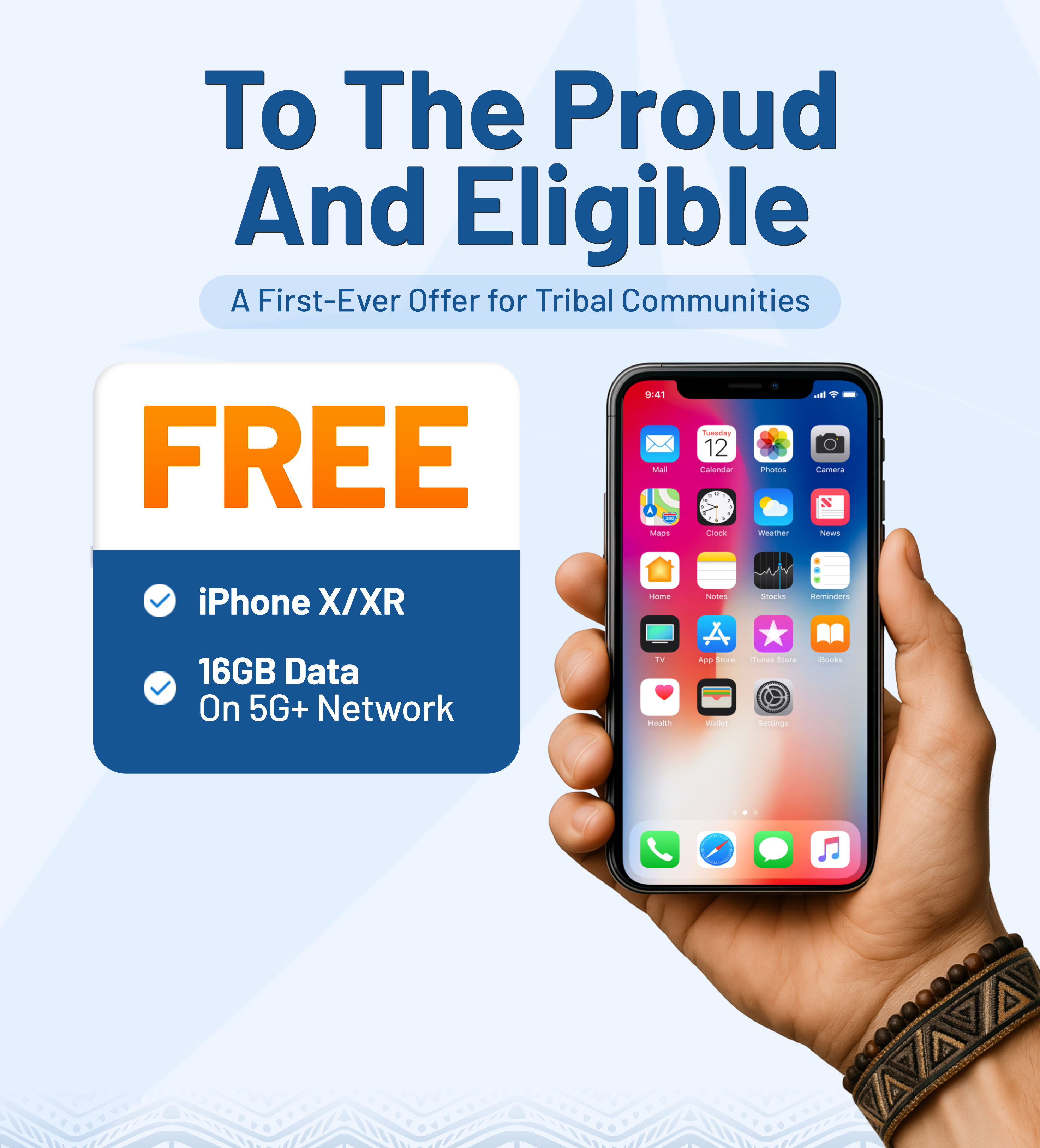47.4 million U.S people lived in homes where there wasn’t always enough food, and 7.2 million children lived in homes where both kids and adults faced hunger in 2023. Here in Florida, about 1 in 9 households experienced food insecurity between 2020 and 2022.
The Supplemental Nutrition Assistance Program (SNAP) is one of the largest federal programs that helps low-income families afford groceries. In fiscal year 2022 alone, Florida issued an average of $424.5 million in SNAP benefits each month to help residents put food on the table, based on a USDA report.
This guide goes through how to apply for SNAP in Florida, so you know what to expect.
1. Do You Qualify for SNAP in Florida?
SNAP provides essential nutritional support to low-income people. In Florida, SNAP is administered by the Department of Children and Families (DCF) Office of Economic Self-Sufficiency (ESS). Eligible recipients receive benefits on a reloadable EBT card at approved locations.
1.1. How to qualify for SNAP in Florida
To receive food assistance through Florida’s SNAP program, you must meet a set of eligibility requirements based on federal and state rules.
Basic SNAP Eligibility Requirements:
You must meet all of the following criteria to qualify for SNAP in Florida:
- You must provide proof of identity, such as a driver’s license or another government-issued ID.
- You must live in the state of Florida.
- You must be a U.S. citizen or a qualified noncitizen.
- You must provide a Social Security number or proof that you’ve applied for one.
Income and Deductions:
- Income Limits: To qualify for SNAP in Florida, most households must meet income guidelines based on the federal poverty level.
- Allowable Deductions: Certain expenses can reduce your countable income, including: rent or mortgage payments, utilities, child care or dependent care, medical expenses (for elderly or disabled members), and child support payments.
Work Requirements:
- General Work Rules: Adults ages 16–59 must meet work requirements unless exempt (students, caregivers, disabled individuals).
- SNAP Employment & Training (SNAP E&T): Adults aged 18–59 may need to work or participate in job training programs.
- Reporting Work Changes: If your work hours fall below 80 per month, you must report this change within 10 days after the month ends.
Child Support Cooperation:
Some individuals may need to cooperate with the state’s child support enforcement agency, especially if applying for benefits for a child.
Assets:
- Most households can still qualify for SNAP even if they own a car, have a bank account, or other assets.
- Households with a disqualified member must meet certain asset limits.
You are required to report changes when:
- Your monthly gross income exceeds 130% of the FPL for your household size.
- Your work hours drop below 80 hours/month (if you’re an Able-Bodied Adult Without Dependents, or ABAWD).
To check for sure if you’re eligible for SNAP in Florida, use the online eligibility screening tool on the ACCESS Florida website.
>>> Read more: Can You Get Food Stamps If You Quit Your Job?

1.2. Who Does Not Qualify for SNAP in Florida?
Certain individuals are NOT eligible for SNAP in Florida, including:
- Individuals convicted of drug trafficking
- People fleeing felony warrants
- Anyone who has violated SNAP rules
- Noncitizens without qualified immigration status
- College students attending school at least half-time (with some exceptions)
2. The Best Way to Apply for SNAP in Florida
You can apply for food stamps Florida in one of the following ways:
Apply Online:
How to apply for SNAP in Florida online: Visit the MyACCESS Florida portal to submit your application electronically. It generally takes about 30 minutes to complete.
Apply In Person:
Go to a DCF Customer Service Center or a Community Partner location near you.
Apply By Mail or Fax:
Download and print the paper application, fill it out, and submit it to
ACCESS Central Mail Center
P.O. Box 1770, Ocala, FL 34478-1770
Or fax it to the number provided on the application.

3. What Happens After You Apply for SNAP in Florida?
DCF will review your application and determine if an interview is required.
If needed, you’ll receive a notification by mail or through your MyACCESS account. During the interview, you’ll be asked about your household situation and may be required to verify your identity.
You may be asked to submit some documents such as:
- Proof of identity and citizenship
- Income statements
- Social Security or Veterans benefits letters
Upload documents to your MyACCESS account, or send by mail, fax, or deliver to a local office. Include your case number, name, and date of birth on all submissions.
How long does it take to get approved for SNAP in Florida?
Please note that it may take up to 30 days to process your application. Monitor your MyACCESS account or mail for updates.
In case your application is denied, DCF will send a notice explaining the reason(s) for ineligibility.
If approved, you’ll receive an EBT card by mail. First-time SNAP recipients will automatically receive a new EBT card. In case you received benefits in the last 25 months and still have your card, you can continue using it if your case is reapproved.
The reloadable EBT card is used to access your SNAP benefits, which are automatically reloaded each month.
(Florida food stamp amount per person: In fiscal year 2022, according to USDA data, in Florida, on average, each person received $153 per month, not including additional supplements related to COVID-19 or disaster relief.)

Keep in mind that trafficking SNAP benefits is illegal, which can lead to permanent disqualification, large fines, or even jail time.
Illegal actions include:
- Selling or trading your SNAP benefits for cash
- Buying items like soda or water just to get the container deposit
- Purchasing items with SNAP and reselling them for profit
- Exchanging SNAP benefits for drugs, weapons, or other banned items
4. Common Mistakes on SNAP Applications
Maybe you’re reapplying after a change in income. Or perhaps you’re helping a family member apply for the first time. Whatever your situation, check out some common mistakes.
Missing or Incomplete Documentation
There’s no one-size-fits-all checklist when it comes to SNAP applications, but one thing’s for sure: missing documents can throw everything off. You need to handle your paperwork with care and attention. Check the required documents and turn them in on time.
Not Reporting All Available Deductions
There are multiple deductions that can lower your countable income and help you qualify for SNAP benefits.
In Florida, certain expenses can reduce your countable income, including: rent or mortgage payments, utilities, child care or dependent care, medical expenses (for elderly or disabled members), and child support payments.
Skip these, and you could get denied benefits you actually qualify for.
Assuming You Don’t Qualify for SNAP
Speaking of misconceptions, many assume that receiving other government benefits, like SSI, Medicaid, or Lifeline, disqualifies them from SNAP. But that’s not how it works.
This mix-up is especially common among seniors. In fact, it’s entirely possible to get SNAP while receiving other aid, as long as you meet the eligibility rules (Getting SNAP can even make you automatically eligible for Lifeline.)
Confusion Over What SNAP Covers
It’s important to understand what SNAP benefits cover. In fact, some applicants give up too soon because they assume the SNAP benefits are too limited.
While SNAP doesn’t cover hot food, vitamins, pet food, or non-food items, it does allow you to buy a wide range of groceries, including vegetables, fruits, meats, milk, snacks, drinks, chips, and more. So don’t abandon your application.
>>> Read more: Surprising Things You Can Buy with Food Stamps
5. How to Get a Free Phone with SNAP Benefits in Florida
Another smart way to stretch the value of your SNAP benefits is by enrolling in the Lifeline program. If you qualify for SNAP, you automatically qualify for Lifeline, which can help you save on your monthly phone or internet bill and even get a free device.
Here’s what you may be eligible for:
- $9.25/month discount on phone or internet service. Up to $34.25/month off if you live on Tribal lands
- Many Lifeline service providers offer a free phone, tablet, or smartwatch.
It’s a low-effort way to get more out of your benefits.
How to Apply for Lifeline through SNAP:
Step 1: Go to AirTalk Wireless. Enter your Florida ZIP code.
Step 2: Choose a Lifeline Plan.
Step 3: Pick Your Free Device.
Step 4: Submit Required Documents. If your eligibility can’t be verified automatically, you’ll need to upload some SNAP documents.
Step 5: Get Your Device. AirTalk will ship your free phone or tablet directly to your home.
Many SNAP households focus mainly on managing their monthly EBT balance, but your EBT card can unlock extra benefits. Beyond Lifeline phone service, you may also get free museum admission, discounted public transit, and more by just showing your EBT card.
If you’re not exploring these added benefits, you could be missing out on valuable support.
6. Special SNAP Program in Florida You Might Not Know About
The SUNCAP Program is a special food assistance program in Florida specifically for SSI recipients. If you qualify, you can automatically receive SNAP benefits through SUNCAP, with no separate application.
You may be automatically enrolled in the SUNCAP Program if:
- You receive SSI and
- You are not already receiving food assistance (SNAP) under the regular program.
In case you already get SNAP benefits, you may be automatically moved into SUNCAP once your SSI eligibility begins.
(If switching to SUNCAP would lower your food assistance amount, you can choose to stay in the regular SNAP program instead.)
Conclusion
SNAP can be a game-changer when it comes to relieving some of that monthly pressure. Alongside housing and healthcare, food assistance is one of the few essential supports that can stabilize a household when money is tight.


